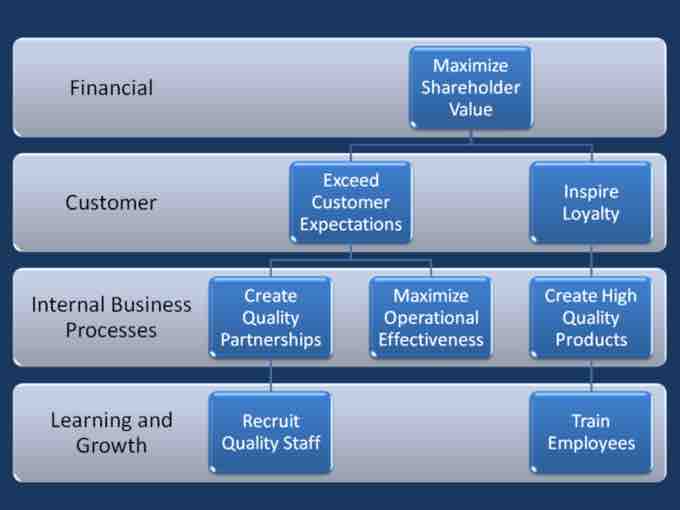Understanding Change Management
When change is implemented in an organization, there is often resistance. This resistance often stems from people's fear—of change in the work itself, of change in the process of completing work, or of the possibility that the change may result in the loss of their job. As a result, managers and organizational leaders should have a strategic approach to enabling change that ensures it is maximally effective in the organization.
Change management is the study of how to integrate changes without damaging the organizational culture or efficiency. At its core, change management is about knowing strategically what to change and how to manage the human element of this process. Change management is broken into 4 elements:
- Recognize the changes in the broader business environment
- Develop the necessary adjustments for the company's needs
- Train employees on the appropriate changes
- Win the support of employees
Note that a central themes of change management revolve around training and supporting employees. This is a critical managerial responsibility for enabling change.
Key Enablers to Change
Transparency and Effective Communication
During an organizational change, it is essential for managers to communicate the reasons for the change as well as the process needed to make the change. For example, if management wants to implement a procedure that will help to improve the production of the workforce, but they require a lot of initial labor to get the new procedure up and running, they should communicate why the change in procedure is necessary. If staff understands why the change is taking place, they will be more likely to agree with the implementation and see the benefit.
Effective Education and Training
Education and training is essential for employees to understand and adapt to a change in the workforce. When a new process is put into place, employees will likely be unfamiliar with the process and how it will fit into their daily workflow. Training in this situation is necessary to help employees become familiar with the change and better adapt to it.
Personal Counseling
When a major change happens in the workplace, some employees may feel very uncomfortable about the change—especially the employees most affected by the change. For these employees it may be useful to have a program, most likely through human resources, that will help them adapt to the change.
Monitoring the Implementation
One of the most important steps in managing a successful change is to monitor how the change is playing out in the organization. This can be done by looking at historical data and examining how employees are performing with the change compared to how they were performing in the past. Additionally, management will want to monitor how the change is affecting the overall production process. If the change is not improving the process after the initial implementation, management may want to fine-tune the process to make sure that the change is successful.

Generic strategy
Maintaining focus on learning and growth (e.g., employee training), internal business processes (e.g., establishing partnerships), customer-oriented processes (e.g., inspiring loyalty), and financial concerns (e.g., maximizing shareholder value) is integral to successful change management.